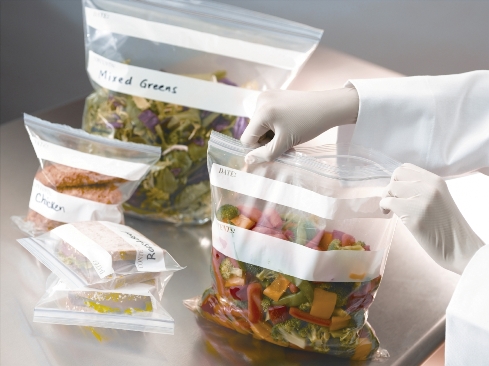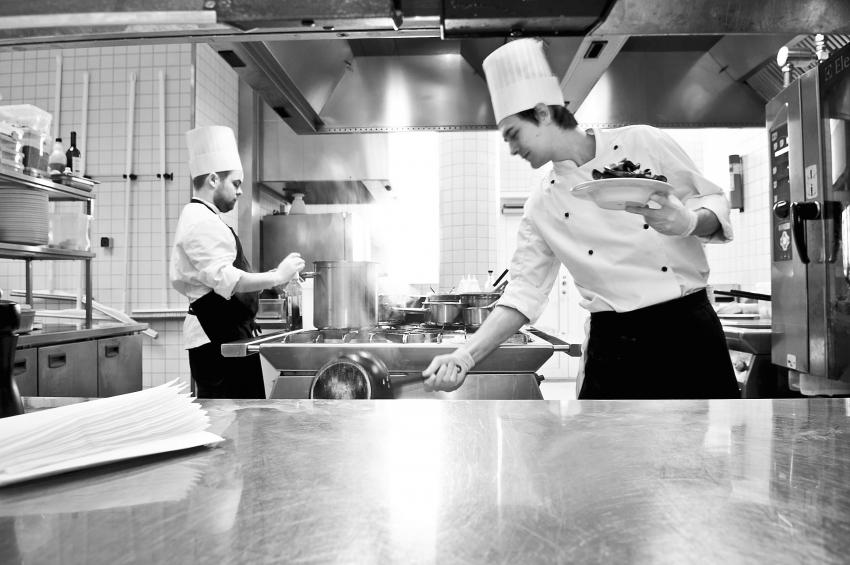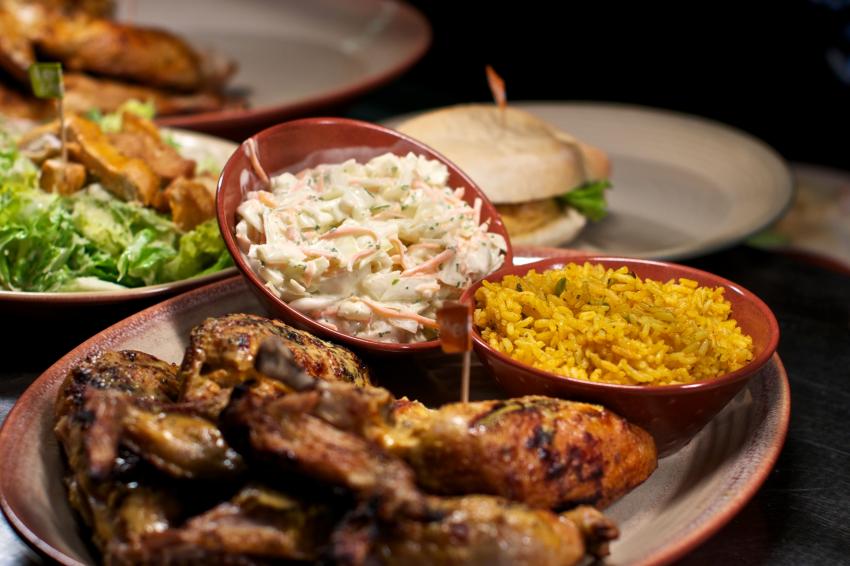Time and Temperature: Why 41°F to 135°F?
In one of my last blogs, I mentioned the temperature danger zone, or TDZ, as those in foodservice often refer to it. Learning the TDZ is almost a rite of passage for any new employee. Most could recite it in their sleep: “41°F and 135°F, the zone where bacteria multiply quickly.” In the foodservice environment, the TDZ isn’t just a best practice; it’s a critical defense against foodborne illness. Failing to manage time and temperature properly can lead to serious health risks, liability, and damage to the reputation of your brand.
The FDA Food Model Code sets strict guidelines: cold foods must be held at 41°F or below, and hot foods at 135°F or above. Any food that remains in the TDZ for more than 4 hours cumulatively must be discarded.
Early in my days in the industry, when I was just a teenager getting my first job, I was taught about the TDZ. What we, or at least I, didn’t understand back then was just how difficult it is to keep food out of this dreaded TDZ. For example, I don’t know if we (my fellow employees and I) fully appreciated the cooling curve for products such as soups and gravies. We would batch cook most of our soups, cool them down, and then reheat them for later service. I vividly remember being trained to take the soup off the steam-jacketed kettle at the end of the cooking process, divide the soup into two-gallon Cambro containers, and leave the lid slightly ajar so the initial heat could escape, and placing them on the counter (not in the cooler) for a half hour or so for initial cooling. After all, we didn’t want to warm up the cooler. Then, after a half hour or so, I was trained to place the product in the cooler with the lid covering the product tightly and let it cool. I know practices have changed at that operation, but back then, we thought the soup would be just fine! Now, we know that the two gallons of soup would never cool within current food code guidelines and would be within the TDA for far too long.
What I find when I conduct employee training is that most employees appreciate the TDZ and can recite it like the Pledge of Allegiance, but they really don’t understand it. I mean, truly grasp why that range was established and codified.
To fully understand the TDA, it helps to know a bit about food safety history. Although President Lincoln established the United States Department of Agriculture and the Division of Chemistry (which later became the Food and Drug Administration), public health officials really became serious about food safety in the early 1900s with the passing of the Pure Food and Drug Act. The Act was passed, in part, because of the public outcry following the publication of The Jungle by Upton Sinclair.
In the 1940s and 1950s, increased attention to military food safety intensified during World War II and the growth of industrial food production. These developments led to increased scrutiny of food handling, including time and temperature controls.
Then, in the late 1950s and early 1960s, we began to see food codes mentioning temperature criteria, which at that time were identified as either 40°F to 140°F, 45°F to 140°F, or 40°F to 150°F, depending on the source that you reviewed. These early references laid the groundwork for the standardized temperature danger zone we recognize today.
…If you have been in the industry for a while, you might recall the old TDZ to be 40°F to 140°F, which was always easily memorable in my mind. So why the change to the current 41°F to 135°F? Well, it wasn’t arbitrary…
First, it is important to understand that the food code is a mix of science, feasibility, and usability. The code document has a tough job; it must take the best of what we know about science, epidemiology, and technology; understand what is achievable in real kitchens with equipment limitations, labor constraints, and operational complexity; and make it clear enough that a foodservice manager can understand it and a regulatory official can enforce.
What was found in the scientific community about the TDA was that most common foodborne pathogens (like Salmonella, E. coli, and Listeria) grow most rapidly between 41°F and 135°F. The difference between 135°F and 140°F was not significant in the overall growth of microorganisms. Conversely, at the cold end, pathogen growth is not much different at 41°F versus the previous 40°F.
From an operator’s perspective, commercial refrigerators were more reliably able to maintain 41°F than exactly 40°F. Thus, it is easier for facilities to consistently meet and monitor 41°F. Similarly, hot-holding equipment like steam tables often stabilizes at a holding temperature of 135°F, whereas 140°F is more difficult to achieve.
Thus, the adjustment to the TDA we know today was made because of increased knowledge of pathogen growth, while trying to make the code more practical for foodservice operators to comply with, while not compromising public health.
Understanding and respecting the TDZ is one of the most important responsibilities in foodservice. Make temperature control a daily habit, build a culture of food safety, and invest in the right tools and training to ensure that your operation stays safe, compliant, and trusted. Risk Nothing.
READ MORE POSTS
Why Does Food Spoil?
Food gradually deteriorates because of a natural process of aging, just like humans. However with all foods, there are a few things we can do that have a positive effect on the shelf life and safety of our foods at the restaurant. Some preservation is done at the food manufacturing plant, some naturally, but a better understanding of the processes may help you extend that shelf life. Preservation methods and storage conditions must be designed to reduce the rate of decomposition and protect the safety, appearance and taste of our food.
Top Food Safety Websites
You ask…How do I learn about food safety regulation? What pathogens in foods can make me sick? What temperature should I safely cook my roast beef to and how do I take food temperatures? How do I clean and sanitize anything according to the FDA Food Code? What and where is the most recent version of the FDA Food Code? Where can I find food safety educational materials galore in book form or online? Do I need them in Spanish or a Chinese dialect?
A Little Poultry Safety Information
Chicken is the number one species of protein consumed by Americans – we eat about 80 pounds of it per year. Outbreaks of foodborne illness have long been associated with poultry and eggs usually by undercooking it or cross-contamination of other foods by raw poultry. Recent concerns about avian or bird flu put the direct focus on our fowl food with concerns about whether this awful disease can transfer from birds to humans.










